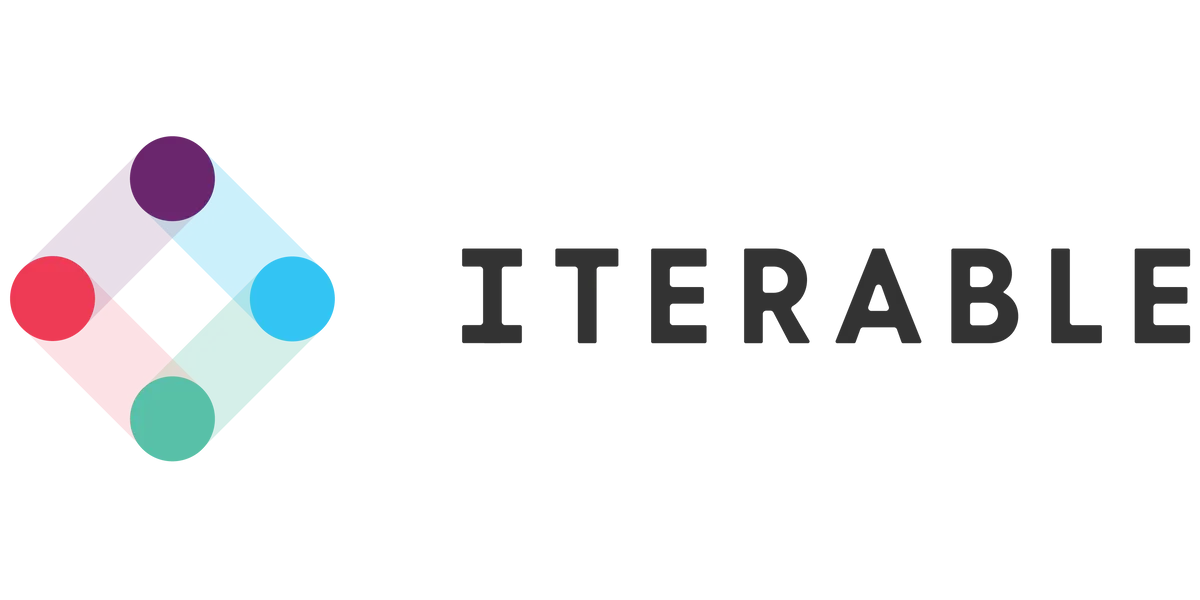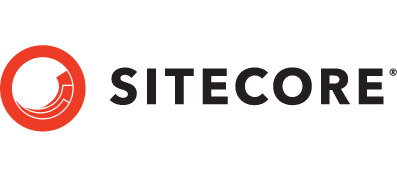In August 2019, Google announced plans to “build a more private web” through an initiative they called the Privacy Sandbox. Then in January of this year, they announced their intentions to make third party cookies obsolete. The news sent shockwaves through the digital marketing industry as the implications became apparent. In this piece, AFFINITY’s Edward Park takes a look at what’s since become known as the “Cookiepocalypse,” the implications for tracking and measuring digital performance, and the rise and rise of Zero-Party Data.
The need to effectively track and measure digital performance has always been important, but as brands continue to adopt multi-channel strategies and develop more sophisticated marketing campaigns it’s become increasingly critical.
One facet of this that’s experienced much discussion of late thanks to Google’s January announcement, is the current status of cookie tracking. A subject that many marketers are now referring to as the “Cookiepocalypse.”
And while there are plenty of articles online dissecting this topic, understanding the implications for digital performance measurement are less clear cut. But before providing our perspective on this, we thought a brief snapshot of cookie tracking over the years was in order.
Back to Basics
Pixels and cookies are terms heavily featured throughout the topic of tracking. A quick refresher tells us that a pixel (or a ‘tag’) is a line of code put into the backend of a website, allowing the host brand to collect data from user behaviours and actions. The pixel is the fundamental basis of website measurement, helping determine where site visitors are coming from, which channels are driving the most traffic, and whether people are taking the desired actions once there.
A cookie is a product of an activated pixel. It’s a file that’s dropped within a user’s browser from the visited website. Remembering items saved in a cart, saved login information, shortcuts to past orders are all a result of cookies – the purpose of which is to create a more personalised experience.
However, not all cookies are equal. It’s important to distinguish between the two main types, namely first-party and third-party cookies. Both play similar roles but are collected and used in different ways.

This diagram provides a quick breakdown of the difference between the two cookie types, and type of data they can capture.
Crucially for advertisers, third-party cookie files contain a unique ID tag which gives brands more data to ensure they’re marketing to their desired target audience. Basically, cookies store information on a user, which is then delivered by the pixel hosted on an advertiser’s website.
When Google announced the phasing out of third-party cookies in Chrome over the next two years, this naturally sparked a lot of questions. So what are the reasons behind it? And does it mean marketers can no longer provide tracking on digital campaigns? Read on for those answers and more.
The Privacy Debate
Regulation of data privacy has been a hot topic over the past few years with the Facebook–Cambridge Analytica data scandal a likely tipping point. Today, data has a claim on being the world’s most valuable resource ahead of oil, while reports from Forrester and beyond proclaimed 2020 as the year data would get truly weaponised when it comes to influencing and controlling citizens. (Though COVID-19 may have given us a year’s grace on that forecast.)

Image Credit: The Guardian - Photograph: Tom Williams/CQ-Roll Call,Inc.
Events such as the GDPR roll out in Europe, and the California Consumer Privacy Act (CCPA) in the US are both indicators of a bigger shift. Data privacy is now a key issue affecting everybody, and brands are being defined by their responses to protecting a customer’s personal information. Witness Apple’s iOS14 update as a prime example of this.
Within that context, Google’s decision is hardly surprising. And while it may be an appropriate response, the impact for advertisers is potentially devastating. The ability to find the right person, at the right time, with the right message, is harder to achieve without having the relevant targeting information at hand.
So what’s the answer?
Introducing Zero-Party Data
Google’s decision has led to an endorsement of first-party and zero-party data as possible alternatives for brands.

While the origins of both datasets are similar (in that the information is voluntarily provided by the user directly to the brand), the key difference is that zero-party data provides more explicit information, going beyond details such as gender and age (which would be categorised under first-party data) to gain further contextual insights. Good examples are survey forms that ask follow-up questions, or even product/service feedback forms where additional information needs to be provided on top of your login credentials.

A notable difference for first-party data is that it includes observed data such as that recorded through analytics tools (like Google Analytics), for more implicit insights. This gives advertisers the ability to categorise people based on what pages they’ve visited, areas they engaged, and whether they made a purchase or not. In short, all proprietary-owned information like this is considered first-party data; with directly volunteered information classified as zero-party data.
Zero-party data may be the best solution for brands to connect with consumers. It can undoubtedly replace cookie-tracking in delivering more personalised and relevant messages across a customer’s decision lifecycle. Plus, it’s a direct relationship between brand and consumer with no barriers in between, bypassing any regulation related to data privacy.
But it needs to be collected of course.
How to Collect Zero-Party Data
There are a variety of ways to collect zero-party data, with common qualitative collection methods including:
· Quizzes
· Polls or Surveys
· Registration Forms
· Contests (Giveaways or Promotions)
· Subscription Only Content (Create logins)
It’s important to note that these experiences are not limited to your website – campaign microsites, social channels, mobile apps, even in-store technology, can all be utilised. But the missing link is meaningful content. It’s up to you as a brand to provide the compelling experience, incentive or content that will encourage your customers to interact, engage, and hand over their coveted zero-party data.
Another important point is that this exercise must be a long-term, evergreen project – customer information changes frequently for many reasons. Brands must constantly think of new ideas to connect with their consumers and maintain this value exchange, ensuring the freshness and maximising the value of this data.
Time to zero in
If you’re a brand or advertiser operating in the digital space, you’ll already be familiar with implementing third-party and first-party data into your marketing strategies. It’s now time to expand on this school of thought and start planning the integration of zero-party data, especially as current targeting methods will soon be affected by the volatile situation that is cookie tracking.
By embracing this situation head on, you’ll also be aligning with the shifting expectations of your customers towards business transparency and consumer protection when it comes to data rights.
Not sure where to start with your brand’s shift to a cookie-less future? Feel free to get in touch. We’d love to talk to you about some of the strategies and changes you can quickly implement.


















